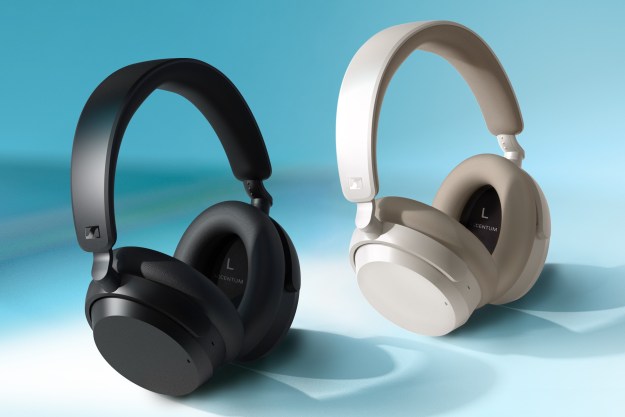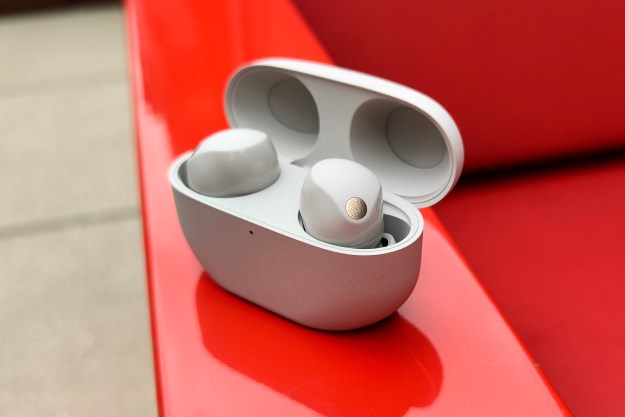
Sony’s 1000X series of wireless, noise-canceling headphones have consistently topped our headphone recommendation lists, and with good reason. With every generation, Sony finds ways to deliver a better experience, whether it’s improved active noise cancellation (ANC), better sound quality, a more comfortable fit — or all three at once.
Sony’s fifth-gen cans, the WH-1000XM5, released in 2022, even earned the company its second perfect 10 rating in a row — despite the $50 price increase over their predecessors — thanks to their overall superb performance.
But that was in 2022. In the consumer-electronics space, things move so quickly that we measure time in dog years. And we’ve seen many brands upping their game over the past couple of years. Bowers & Wilkins launched the Px7 S2 and Px8 (both excellent), the Beats Studio Pro emerged and impressed, and Bose — arguably Sony’s top competitor in the noise-canceling category — released its updated QuietComfort Ultra Headphones and proved that it still has what it takes to create a superb set of wireless cans.
Given this new competition (and that Sony tends to release new 1000X models every two years), it’s time to consider what Sony needs to do if it wants the WH-1000XM6 to maintain the XM5’s legacy as the reigning champion.
Design
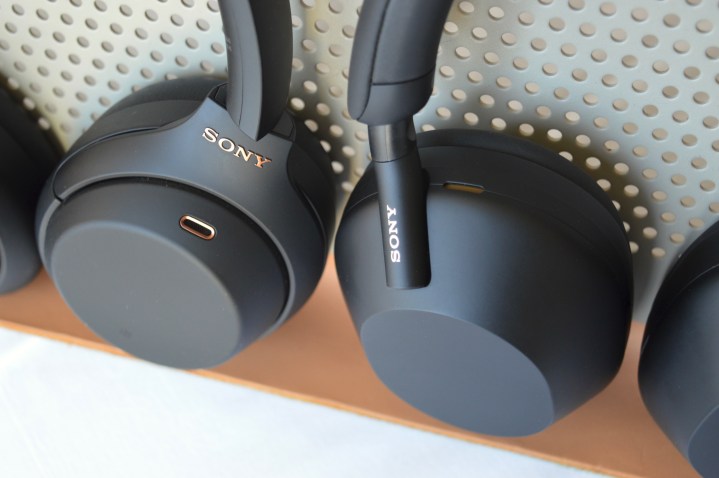
Headphone comfort is directly affected by weight. With the XM5, Sony went to extremes to pare down that weight as much as possible. The result can’t be denied — the XM5 are some of the lightest, comfiest cans you can buy. But not everyone was thrilled with the way Sony achieved that feat. By removing the fold-up hinges and the classic fork-mounted earcups from the XM4, the XM5’s design proved too radical for some.
Many also noted that given the XM5’s fairly lofty $400 price, the headphones don’t reward that expense with a premium look or feel. I’m not sure if I fall into this camp. I acknowledge that the all-plastic design doesn’t do much to convey status on the wearer — but then again, I tend to favor function over form. Nonetheless, Sony should take note.
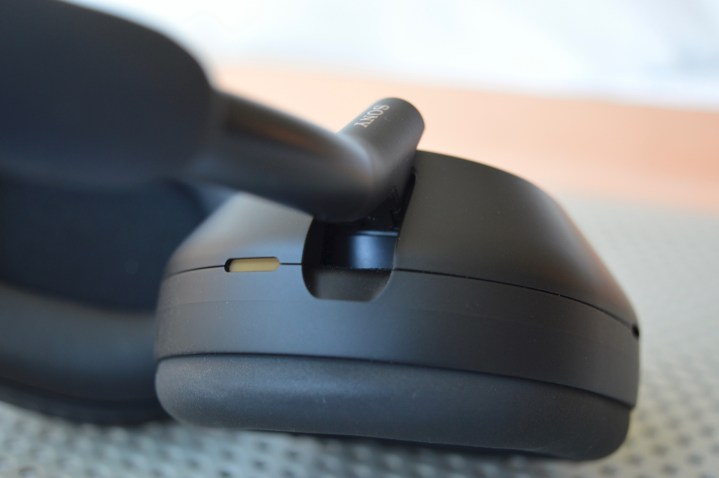
What does matter to me (and I suspect to most folks spending this kind of money) is durability. And that new single-pivot earcup connection might be less durable than the older design. We can’t say for sure how many people have been affected — and I haven’t experienced this myself. But there have been numerous reports of XM5s breaking where the headband sliders meet the rotating cuff that connects to the earcup pivot.
I don’t think Sony has to worry about further weight reductions, and I’ve gotten used to the fold-flat-only shape. But flagship noise-canceling headphones should probably give people pride of ownership, and they should definitely stand up to lots of use.
Noise cancellation and transparency

No matter how good companies like Apple, Sony, and Bose get at providing us with silence when we want it, and transparency when we don’t, it seems there’s always room for improvement. The XM5 wowed us with both of these features. And yet the Bose QuietComfort Ultra Headphones managed to do them better still. Historically, ANC has been Bose’s main strength. But if anyone can push the state of the art further, it’s Sony.
In addition to improving its already excellent ANC and transparency, I’d like to see Sony fix its Adaptive Sound Control feature. I find it unpredictable and at times quite intrusive. I know from reading comments that others feel similarly. Sony should consider taking a page from Apple’s playbook — its Adaptive Audio on the AirPods Pro and AirPods Max works extremely well.
Sound quality
When Sony introduced the XM5, it evolved the series’ sound signature away from a bass-forward presentation to one that could be considered more neutral or, at least, less bass-forward. I liked the change, but sound is a deeply personal thing. I don’t know if it’s possible (given the smaller drivers Sony shifted to in the XM5), but it would be awesome if the Sony Headphones app could provide an EQ preset that directly mimics the XM4’s sound signature so that fans of both headphones could get what they want.
Spatial audio
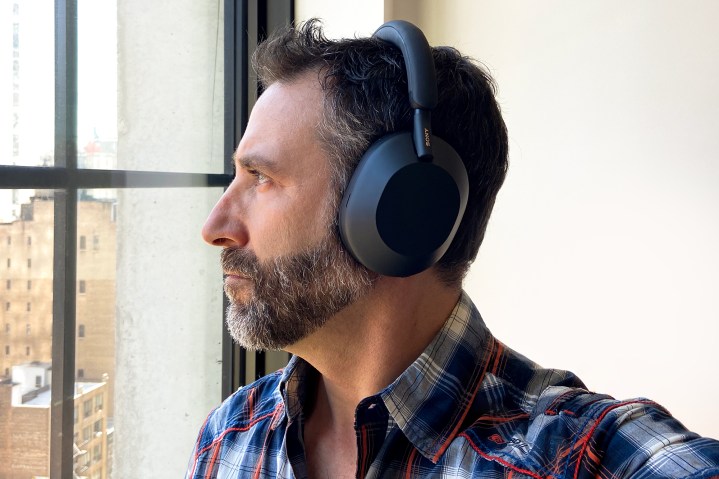
When Bose launched the QuietComfort Ultra Headphones, it also debuted its Bose Immersive Audio, a form of digital processing that spatializes stereo sound into a 3D-like experience. Whether you use it on its own or in conjunction with the built-in head tracking, it can be an entertaining option that some listeners may come to prefer to conventional stereo.
Long before Apple made spatial audio a household term, Sony actually had its own version of Immersive Audio called Virtual Phones Technology (VPT). It was included as an app-based sound effect mode on the WH-1000XM3, but Sony removed it when it launched the XM4 in favor of Sony’s nascent 360 Reality Audio (360 RA) format.
I’m all for 360 RA, but you need a source of 360 RA audio to make it work, like Tidal, Amazon Music, Deezer, or Nugs.net. VPT, on the other hand, can spatialize any audio. Since Sony added a very limited form of head-tracking to the XM5 a few months after they launched, I think it would make a lot of sense for the company to offer a VPT+head tracking option to compete with Bose’s Immersive Audio and Apple’s own spatial audio options.
USB-C audio

Sony’s LDAC Bluetooth codec was a marvel of algorithmic audio compression when it debuted in 2015, promising support for up to 24-bit/96kHz hi-res audio with compatible devices. LDAC got a huge boost in terms of availability when it was added to Android 8.0, making it the de facto hi-res wireless option on every modern smartphone (except the iPhone) since 2017.
However, as brilliant as LDAC is, you only get its full potential when a 990kbps Bluetooth connection can be established and maintained between your headphones and your phone, something that is really hard to do because of interference.
Since I don’t see Sony adopting Qualcomm’s more efficient aptX Adaptive Bluetooth codec anytime soon, its only real option for top-notch, hi-res lossless audio on the WH-1000XM6 is to keep the analog connection, which requires a high-quality DAC/amp.
But there’s a better alternative. We know that the built-in DAC and amp in the XM5 are already very capable, and presumably, the XM6 will be better still. It just needs a reliable and lossless connection — USB-C audio would give it that connection. The $180 Sennheiser Accentum has this feature, as do the $350 Beats Studio Pro and the $399 Bowers & Wilkins Px7 S2. This should give Sony plenty of reasons to follow suit. It’s worth remembering that now that Apple has adopted USB-C on the iPhone 15, it’s fast becoming one of the best ways to do headphone audio when you’re on the go.
Call quality and more

Call quality on the XM5 is excellent, and I have no doubt that it will improve on the XM6. But if I were to choose between an improvement on one end of the calling experience, it would be on the headphones side. Like many of you, I do a lot of video calls every week. I have come to appreciate just how important a good side-tone feature is — that’s how your voice sounds to you when you’re talking. The more natural it is, the less fatiguing calls can be. The XM5 are good for side-tone, but now that open-ear earbuds are a thing, I want the XM6 to be perfect.
If Sony manages to improve battery life, I won’t complain, but honestly, I think the current up-to-40 hours on the XM5 is more than enough for most people. What I’d prefer is if Sony could figure out a way to let us use the XM6 while charging. Technically, this can be done with the XM5, but only if you have a long USB-C charging cable (not the tiny one Sony supplies) and you’re willing and able to use the analog cable at the same time.
Price
How much will Sony ask for the WH-1000XM6? That depends on where it sees these new headphones. If Sony surprises us and positions the XM6 as an ultra-premium set of cans, they could be very expensive.
The market appears to have an appetite for this kind of thing. We thought the Apple AirPods Max were outrageous at $549, but then we got the $599 Master & Dynamic MW75, the $699 Bowers & Wilkins Px8, the $699 Focal Bathys, the $999 Mark Levinson No.5909, and the $1,299 Dali IO-12. So, who knows?
That said, if Sony keeps with tradition, we should expect the XM6 to stick with the XM5’s $400 price or perhaps a small increase of between $20 and $50.
Availability
When are the WH-1000XM6 coming? Using history as our guide, they could be coming soon. The XM4 released in August 2020, and the XM5 came out in May 2022. I’d say any time between May and August 2024 seems like a good bet.
Until then, we’ll update this post as we learn more — you can be sure the inevitable leaks will precede any official announcements.
Editors' Recommendations
- Sony’s ULT Power Sound headphones and speakers go big on powerful bass
- JBL upgrades its 2024 wireless headphones with massive battery life
- 7 things Sonos’ first headphones will need to get right
- 1More’s PistonBuds Pro Q30 look like great budget buds at $50
- Dali says its latest wireless headphones achieve electrostatic levels of clarity



